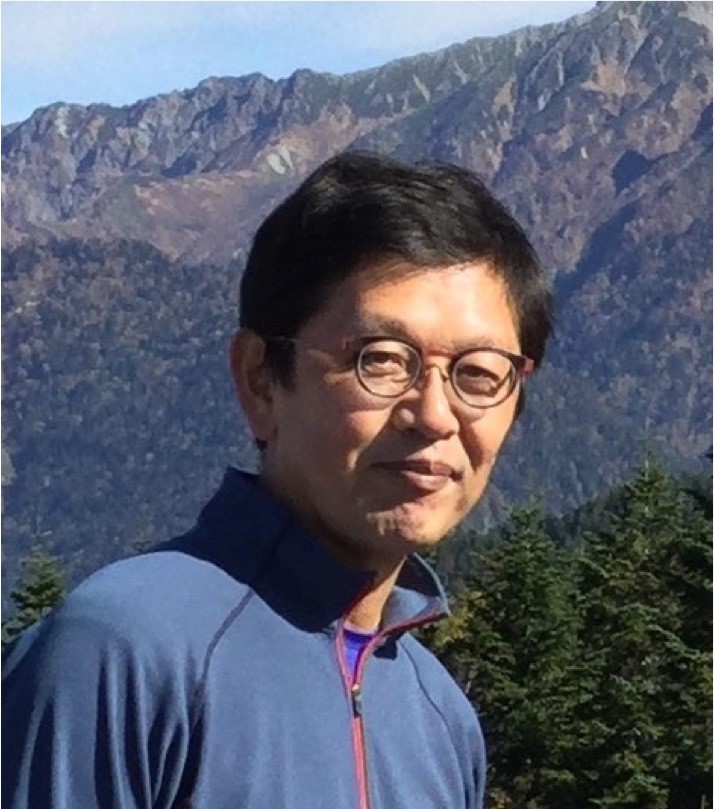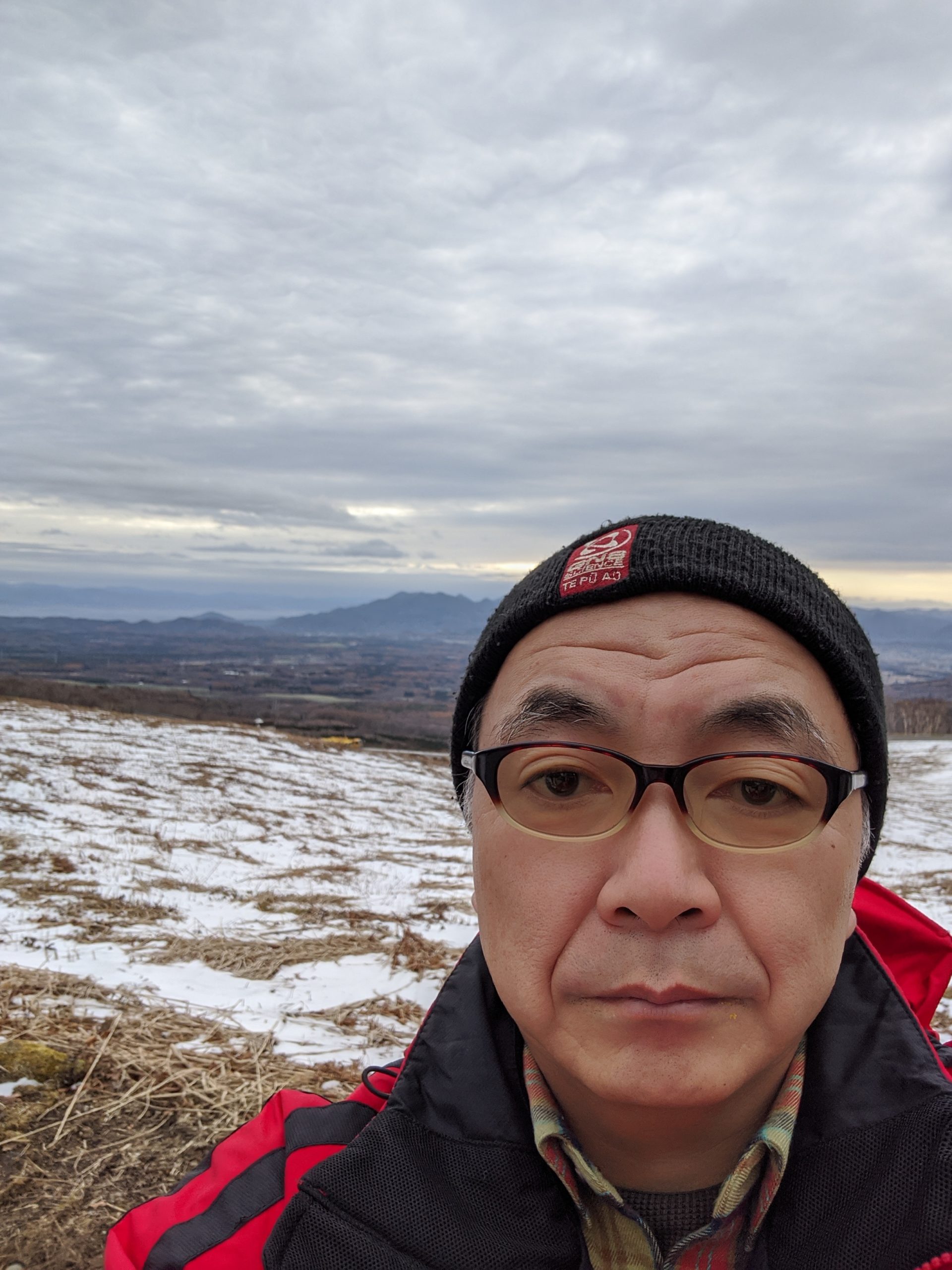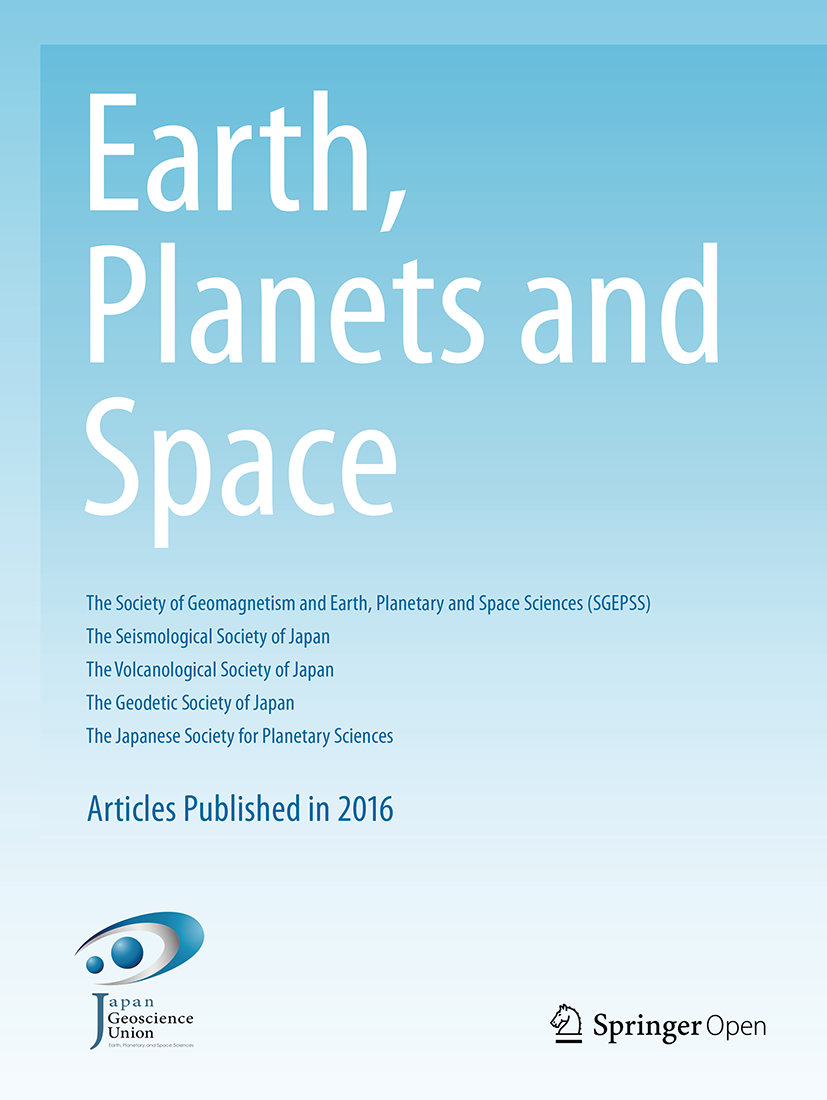
Please give us some background information on yourself

Takeshi Sagiya: I work at the Disaster Mitigation Research Center at Nagoya University. I’m also affiliated with the Graduate School of Environmental Studies, where I teach solid earth geophysics and supervise students. My main research interest is crustal dynamics through geodetic measurement and modeling of crustal deformation. My research is related to geodesy, seismology, volcanology,tectonophysics, and natural hazards.
Yasuo Ogawa: I work for the Volcanic Fluid Research Center at the Tokyo Institute of Technology. My current interests are electromagnetic imaging/monitoring of geoscientific targets, such as fluids in the subduction zones, active volcanoes, seismogenic zones, and geoengineering targets using both natural and controlled electromagnetic sources. Thus my research covers geomagnetism, volcanology, seismology, and exploration geophysics, most of which overlap with the scope of the Earth, Planets and Space.
How did you become involved in Earth, Planets and Space?
TS: I served as an associate editor of Earth, Planets and Space (EPS) between 2006-2010. I am honored to be nominated as the next Editor-in-Chief of EPS and will start serving from January 2021. I will do my best to contribute to EPS and the promotion of geosciences.

YO: I was on the editorial board of Journal of Geomagnetism and Geoelectricity from 1996-1997, one of the journals that merged to become EPS. Then, I served as an editorial board member of EPS between 1999 and 2005. I was appointed Editor-in-Chief in 2012, and I covered the role for two four-year terms. During my research career I have worked with Japanese and international researchers in geomagnetism, volcanology, seismology, and geodesy. These experiences have helped me directly and indirectly with my work as the Editor-in-Chief.
What would you say are the biggest challenges your research field is currently facing?
TS: Because of COVID-19, scientists stopped overseas travel, which has been hindering international joint research. We need to seek a “new normal” for international collaboration.
YO: During the ongoing coronavirus pandemic, communications through international and domestic meetings, workshops and collaborations are limited to “virtual” meetings. We need to make the most out of the internet resources. As for publications, many journals seem to have a sharp growth in submissions due to the changes that COVID-19 has forced upon us. Open access publications in particular will help exchanging scientific achievements and ideas during this difficult time.
Why is an open access publication model best for relaying the information in this research area?

TS: Our scientific research outcomes should be shared with the global scientific community. Scientists can benefit from wider availability of their research. Open access publication is the best way to facilitate sharing knowledge and interaction among scientists everywhere.
YO: I think science should be open to every reader. The authors get the best reach if their scientific contributions are exposed to everyone.
Prof. Ogawa, what has been your biggest achievement working as Editor-in-Chief of EPS?
YO: EPS switched to fully open access publication in 2014. This was the biggest change during my EiC term.
Prof. Sagiya, what are your plans for your first year as Editor-in-Chief of EPS?
TS: Clearly my first challenge as Editor-in-Chief is to maintain the standards set and ensure smooth publication. Then I would like to try to grow the international reputation of EPS through the publication and promotion of high-quality papers.
If you are interested in reading more from Earth, Planets and Space, you can visit the journal homepage here. If you want to receive regular news and article alerts from the journal, you can sign up here.
Comments